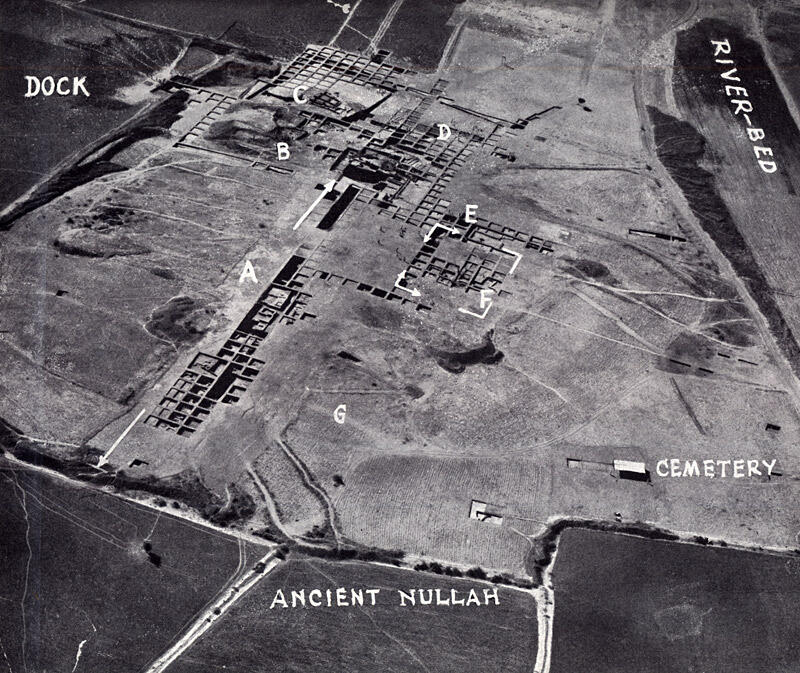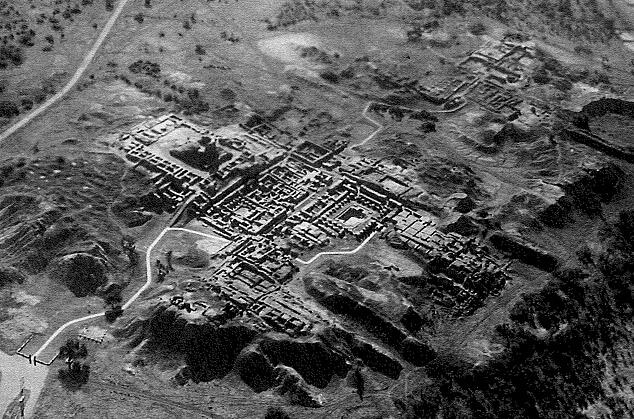January 23rd, 2016
1. "The word 'Lothal' in Gujarati formed by combining the words Loth and thal (sthal) means 'the mound of the dead'. The word 'Mohenjodaro' in Sindhi also conveys the same meaning." (S.R. Rao, Lothal, p. 18).
2. "Wheeler had also observed that even during the occupation of the citadel [of Mohenjo-daro] the rising water-table had posed a problem and necessitated protecting the platform by a mud-brick embankment or bund, 13 metres-wide, at an early date of the occupation of the city. It is interesting to find that far south of Mohenjo-daro [in Lothal] the Harappans built simultaneously an equally thick peripheral wall of mud-bricks over the earlier mud-bund to protect the port city of Lothal from floods (see p. 56). Perhaps the burnt brick wall traced here at a depth of 3.05 metres below the present water table indicates the submergence of earlier buildings by flood. The same phenomenon is noticeable at Mohenjo-daro also where huge deposits of silt have accumulated at the foot of the citadel." (p. 17)
3. "The careful planning of the town and the excellent sanitary system existing at Lothal proved beyond doubt that it was a true Harappan town." (p. 22)




